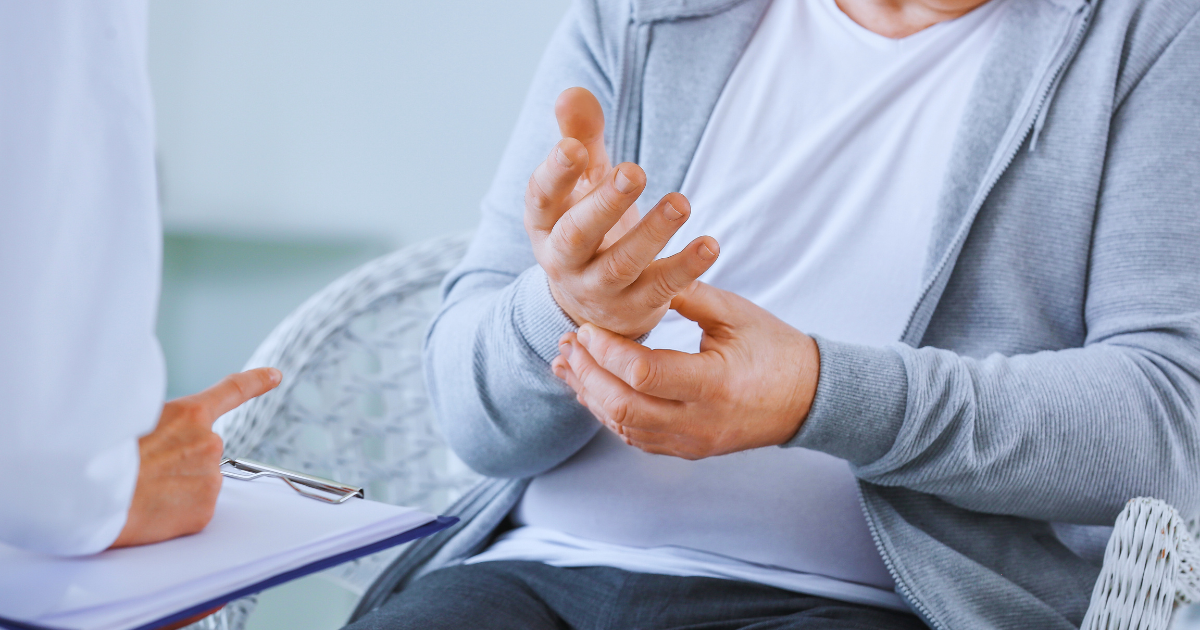Physical activity is a crucial part of managing Parkinson’s disease. While medication plays a vital role in controlling motor symptoms, consistent exercise can significantly improve physical function, mental well-being, and overall quality of life. Understanding how and why exercise benefits individuals with Parkinson’s can help patients and caregivers create an effective, personalized fitness routine.
Why Exercise Matters in Parkinson’s Disease
Parkinson’s disease affects movement, balance, and coordination. Over time, muscle stiffness and slowness can reduce mobility. However, regular physical activity can help counter these challenges.
Key benefits include:
- Improved balance and posture
- Better flexibility and joint mobility
- Enhanced cardiovascular fitness
- Reduced risk of falls
- Increased muscle strength and endurance
- Improved mental clarity and reduced depression
In fact, many neurologists now recommend exercise as a core component of Parkinson’s treatment plans, alongside medication and physical therapy.
How Physical Activity Supports Brain Health
Engaging in physical activity may help slow the progression of motor symptoms in Parkinson’s. Certain types of movement stimulate the brain, potentially encouraging neuroplasticity, the brain’s ability to form new neural connections.
Neurological benefits include:
- Stimulated dopamine production
- Improved motor planning and coordination
- Better reaction time and reflexes
- Enhanced memory and learning capabilities
This effect is particularly notable in activities that require multitasking, rhythm, or balance, such as dancing, boxing, or tai chi.
Types of Exercise for Parkinson’s Patients
The best exercise for Parkinson’s patients depends on the stage of the disease and the individual’s fitness level. A combination of different activities ensures comprehensive physical conditioning.
Aerobic Exercises
- Brisk walking or treadmill walking
- Stationary cycling
- Swimming
- Low-impact aerobics
These help maintain heart health and stamina.
Strength Training
- Light weightlifting with dumbbells or resistance bands
- Leg presses or seated exercises
- Bodyweight movements like squats or wall push-ups
Muscle strength supports posture and reduces fatigue.
Flexibility Exercises
- Stretching major muscle groups
- Yoga poses designed for seniors
- Foam rolling and mobility routines
Stretching relieves muscle stiffness and improves joint function.
Balance and Coordination Training
- Tai Chi
- Dancing (e.g., tango or ballroom)
- Agility drills with cones or markers
These help prevent falls and increase confidence in daily activities.
Functional Movement Practice
- Practicing getting up from a chair
- Step-up exercises
- Reaching and grasping activities
These mimic daily activities and improve independence.
For more comprehensive symptom control, consider reading about Deep Brain Stimulation (DBS).
Recommended Exercise Frequency and Duration
Creating a routine with consistent frequency is important for long-term benefits.
General guidelines suggest:
- 150 minutes of moderate aerobic activity per week, spread across 4–5 days
- 2 days of strength training targeting all major muscle groups
- Daily stretching and balance practice for 10–20 minutes
Always consult a physiotherapist or neurologist before beginning any new fitness program.
Tailoring Exercise to Parkinson’s Symptoms
As Parkinson’s symptoms vary greatly between individuals, it’s essential to adapt routines accordingly.
Helpful adaptations:
- Use handrails or support equipment for safety
- Perform exercises seated if standing is difficult
- Schedule exercise sessions during “on” medication periods
- Track symptoms and progress to adjust routines
In more advanced stages, working with a physical therapist experienced in neurological disorders can ensure safe and effective practice.
If you’re facing movement-related challenges like dystonia, you might explore Botulinum Toxin Therapy for additional support.
Mental Health Benefits of Regular Physical Activity
In addition to physical improvements, exercise helps reduce psychological symptoms common in Parkinson’s, such as depression, anxiety, and apathy.
Mental health benefits include:
- Improved mood and self-esteem
- Reduced anxiety levels
- Better sleep quality
- Enhanced social interaction (especially in group classes)
Starting an Exercise Program Safely
Before starting a fitness routine, individuals with Parkinson’s should undergo a health check to identify any limitations or precautions.
Tips for a safe start:
- Get clearance from your healthcare provider
- Start slowly and gradually increase intensity
- Stay hydrated and avoid exercising in extreme temperatures
- Wear supportive footwear and use assistive devices if necessary
- Track your response to exercise in a journal
Caregivers should monitor patients during physical activity to ensure safety, especially in individuals prone to freezing or falls.
Support and Resources for Parkinson’s Exercise Programs
Several communities, clinics, and online platforms offer tailored exercise programs for Parkinson’s patients. Local Parkinson’s support groups often organize walking clubs, yoga sessions, or dance classes.
Useful resources include:
- Physical therapy clinics with Parkinson’s-specific programs
- Neurologist-recommended home workouts
- Group exercise classes (in-person or virtual)
- Wearable devices for step counting and heart rate monitoring
Joining a group or working with a trainer can boost motivation and ensure accountability.
Conclusion
Exercise is more than just a supportive therapy for Parkinson’s, it is a foundational tool for managing symptoms, enhancing mobility, and preserving independence. Whether you enjoy walking, dancing, stretching, or strength training, consistent movement can help delay the progression of disability and uplift mental health. Always work with your healthcare team to create a plan that suits your needs and abilities.
Start small, stay safe, and stay active.





